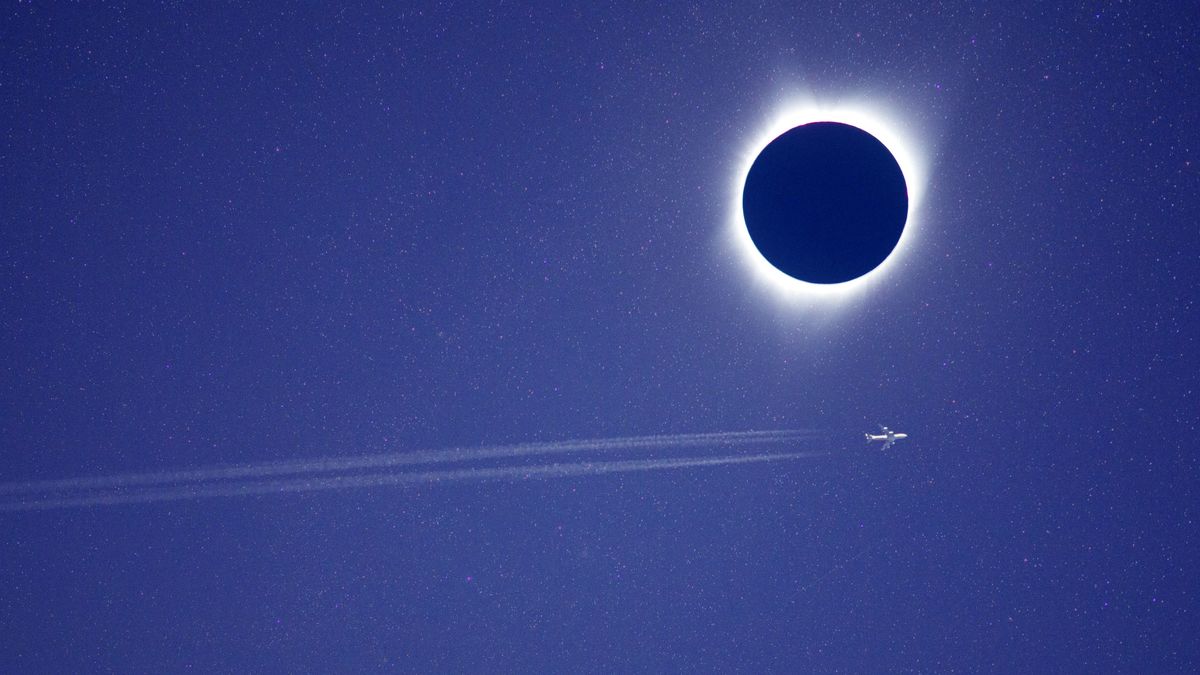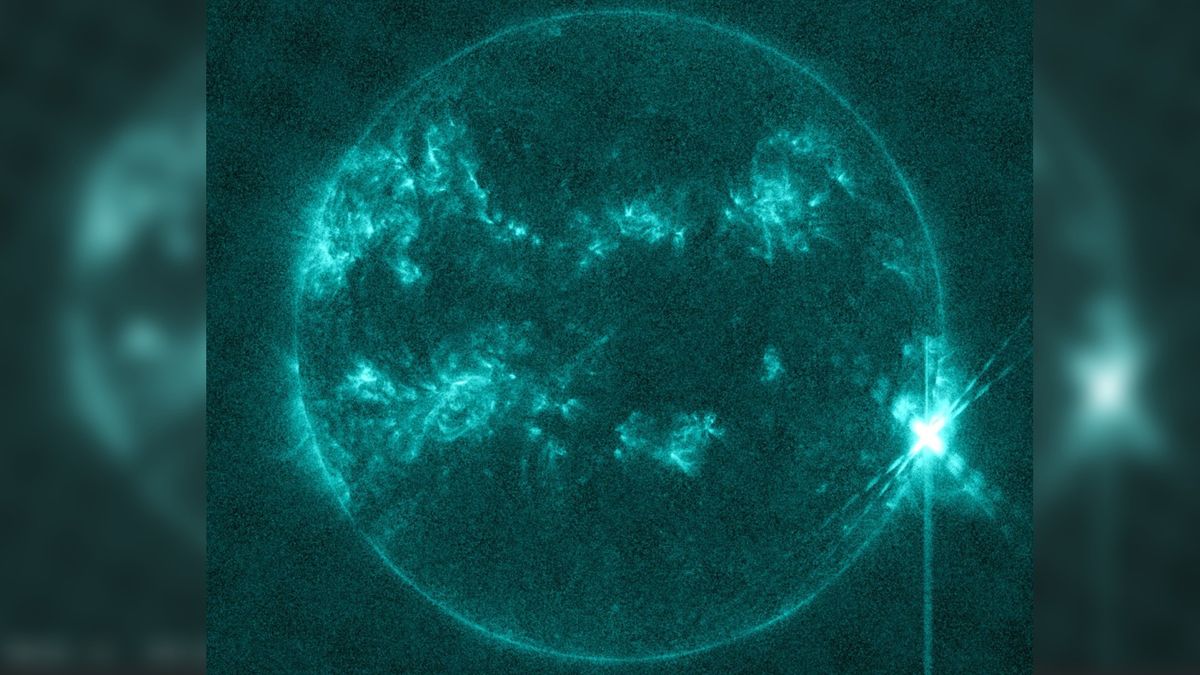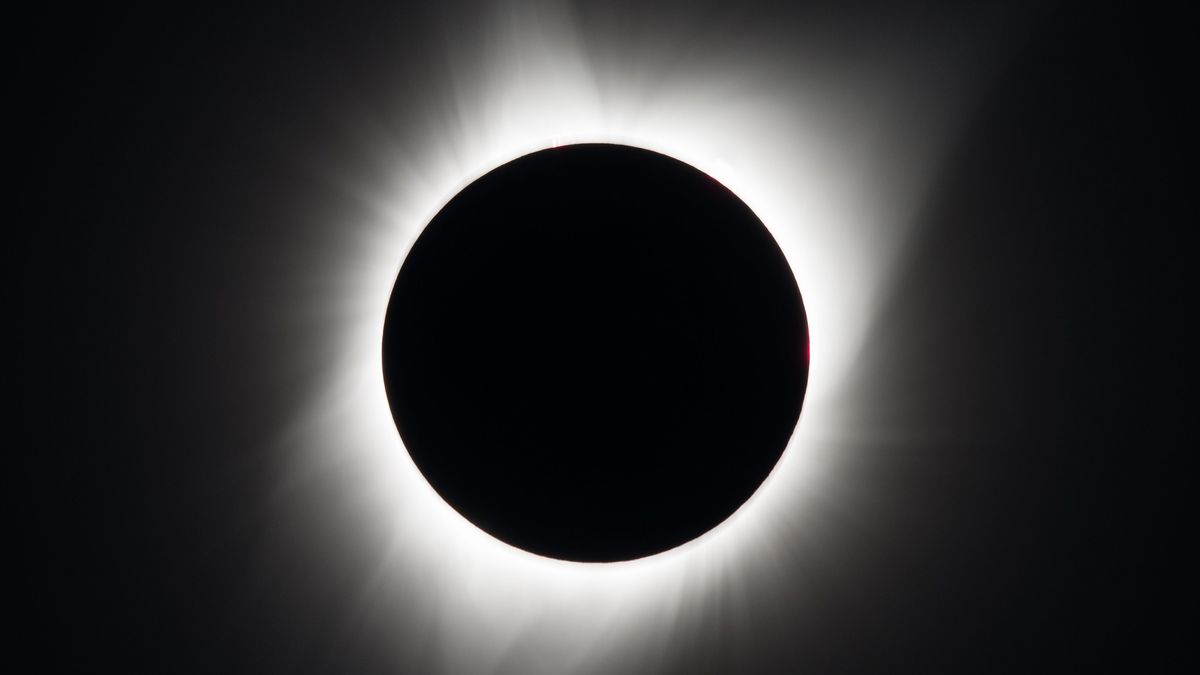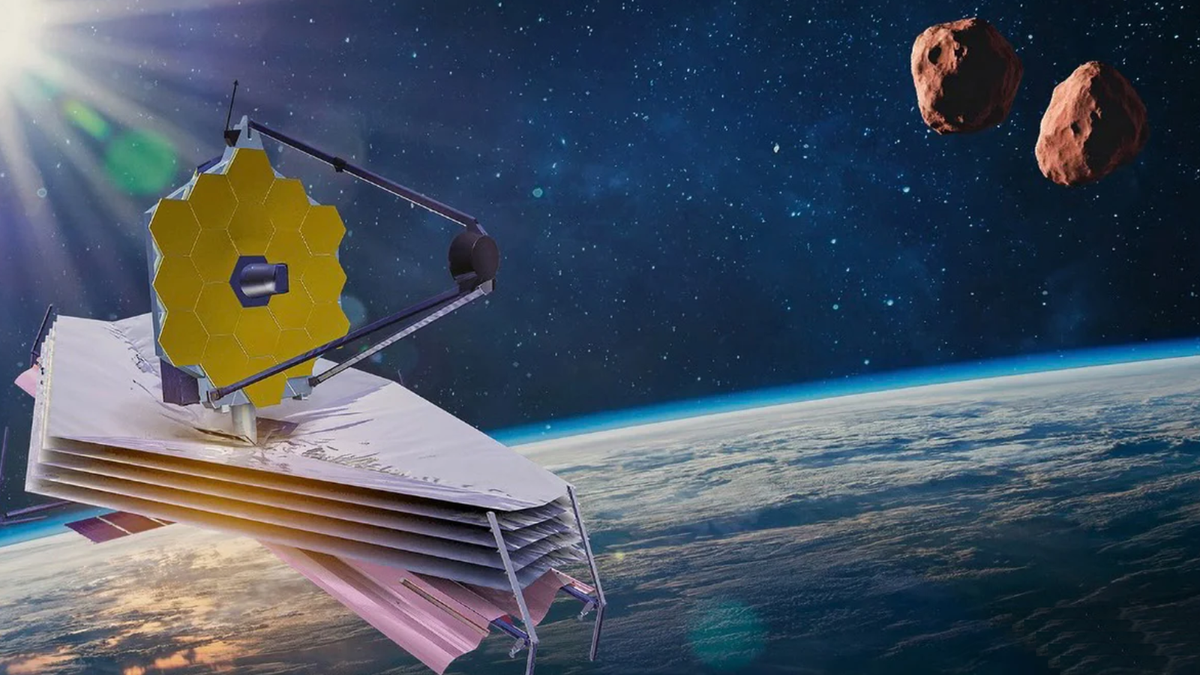The Legacy of Concorde 001’s Historic Eclipse Flight
Exploring the phenomenon of flying a plane into the moon’s shadow during a total solar eclipse has recently captured the attention of aviation enthusiasts and eclipse chasers alike. With the upcoming solar eclipse generating significant interest, JSX, United Airlines, and Delta have all organized special flights over Dallas to witness this celestial event firsthand. However, none of these modern-day experiences can compare to the groundbreaking achievement of Concorde 001 back on June 30, 1973.
A Legendary Flight
Concorde 001, the world’s fastest supersonic jet at the time, embarked on a historic journey to race the moon’s shadow along the Tropic of Cancer during a total solar eclipse. The flight, which took place at an altitude of 55,000 feet, extended the duration of totality from a mere 7 minutes, 4 seconds on the ground to a remarkable 74 minutes in the sky. Aboard the plane were seven esteemed observers from France, Britain, and the U.S., who witnessed the longest total solar eclipse in human history.
The path of totality on that fateful day was approximately 156 miles wide, allowing Concorde to intercept the moon’s shadow as it moved at a speed of 1,500 mph. By flying at an impressive speed of 1,350 mph, equivalent to Mach 2, Concorde managed to keep up with the moon’s shadow, maximizing the duration of the eclipse for the onboard scientists hailing from renowned institutions such as Los Alamos National Laboratory and the Paris Observatory.
Scientific Endeavors
Concorde 001 was specially equipped for this mission, with rooftop observation portholes installed to facilitate the study of the sun’s corona and chromosphere, as well as the sun’s light intensity above the Earth’s atmosphere. The extended period of totality provided an unprecedented opportunity for these scientists to conduct groundbreaking research and make significant observations that would not have been possible otherwise.
Dr. Donald Liebenberg, a scientist from Los Alamos National Laboratory who was part of the expedition, vividly described the experience of staying within the totality for over an hour before safely landing in Chad. The record-breaking 74-minute duration of totality achieved by Concorde 001 remains unmatched to this day, cementing its status as a legendary flight in the annals of eclipse chasing.
An Enduring Legacy
While subsequent attempts have been made to replicate the feat of Concorde 001, including multiple Concorde flights during the 1999 total solar eclipse, none have managed to surpass the historic achievement of that fateful 1973 flight. The tragic events following the crash of Air France Flight 4590 in 2000 marked the end of Concorde’s eclipse flights, leaving a lasting legacy that continues to captivate aviation enthusiasts and eclipse chasers worldwide.
Despite the challenges and limitations faced by modern eclipse flights, the spirit of exploration and curiosity persists, driving enthusiasts to seek unique experiences and new perspectives on celestial events. While Concorde’s iconic status remains unparalleled, the quest to push the boundaries of aviation and scientific discovery continues to inspire future generations of eclipse chasers and adventurers.
Image/Photo credit: source url





